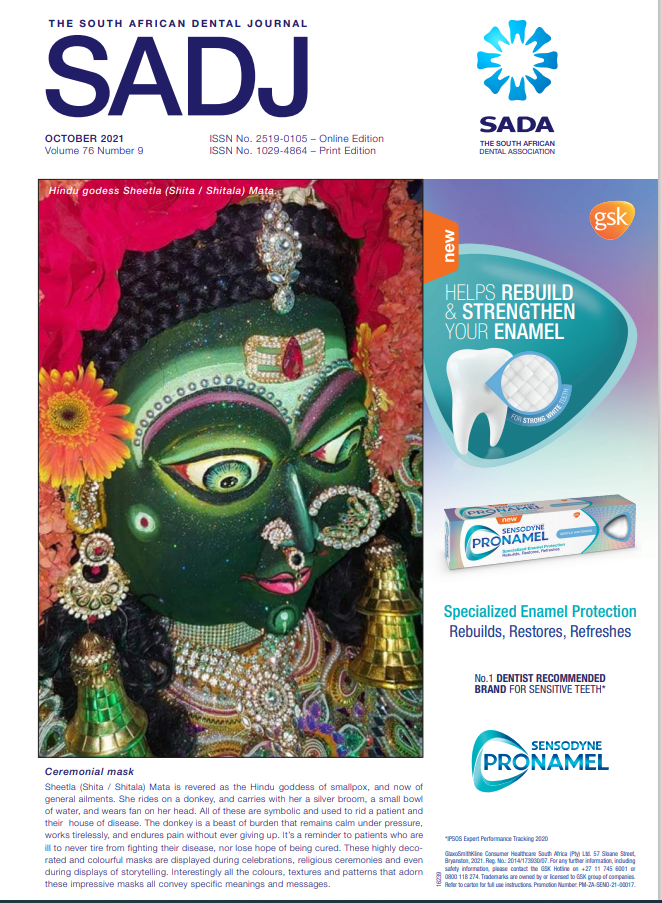A Tale of Two Tusks
Keywords:
Tusks; Mammoths; Narwhals.Abstract
A record of the environment in which an Arctic Woolly Mammoth and a Narwhal existed is embedded in their dentitions. Variations in
the landscapes and marine environments in which the animals lived is recorded in their post-mortem tusks. Odontographic evidence
stored in teeth can provide an historic record of an animals’ life experiences.
Downloads
References
Wooller MJ, Bataille C et al. Lifetime mobility of an Arctic woolly mammoth. Science 373:806-808. (2021).
Uno KT et al. Palaeogeogr.Palaeoclimatol. Palaeoecol 559:109962 (2020).
Nweeia MJ, Eichmiller FC et al. Vestigial tooth anatomy and tusk nomenclature for Monodon monoceros. Anat Rec 295(6):1006-1016 (2012).
Nweeia MJ, Eichmiller FC et al. Sensory ability of the narwhal tooth organ system. Anat Rec 297(4):599-617 (2014).
Dietz R, Desforges J-P et al. Analysis of narwhal tusks reveals lifelong feeding ecology and mercury exposure. Current Biol. 31:2012-2019 (2021).
Chambault P, Tervo OM et al. The impact of rising sea temperatures on an Arctic top predator, the narwhal. Sci Rep 10:18678 (2020).
Downloads
Published
Issue
Section
License

This work is licensed under a Creative Commons Attribution-NonCommercial 4.0 International License.





.png)